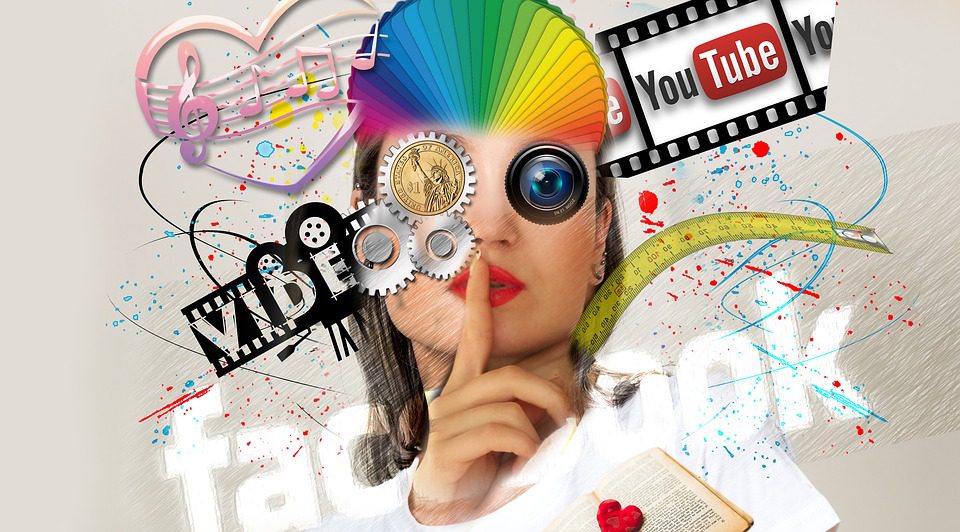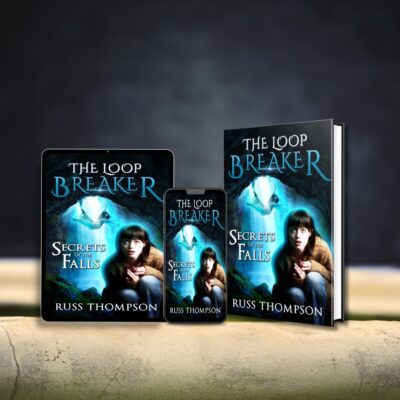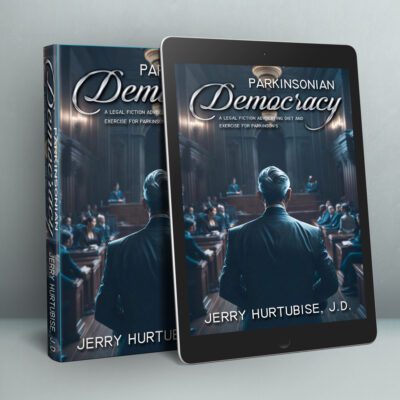
Welcome back for Part 3 of our series dedicated to Diversifying Your Platform!
As we’ve discussed in previous weeks, diversifying your publishing platforms can help an author reach a larger audience that won’t necessarily sit down and read through more traditional formats.
Today we’re going to be discussing YouTube.
What is Youtube?
You may be asking, if you’ve lived under a rock since the 1990’s, ‘What is YouTube?’ It’s simple. YouTube is an interactive independent video distribution platform. Content creators have uploaded a gamut of videos, from recipes, how-to videos, podcasts, sitcoms, and even horror serials.
There are a multitude of ways you can adapt your writing chops to appeal to a wider audience. From spoken-word essays, to reciting poetry, to table readings of your favorite chapters, all are interesting ways to capture the essence of you as a writer and bring it further into the limelight.
Benefits of YouTube:
- It’s ubiquitous: YouTube is here for good, and it’s everywhere. YouTube has apps on iPhones, Androids, and every desktop and tablet that’s connected to the internet. Don’t happen to have the storage space for the app? Just go to their mobile website.
- Popularity: YouTube’s subscriber base is huge. Every minute that passes is another 300 minutes of footage uploaded to their database.
- Genre Range: YouTube has an audience for nearly everything if it’s marketed correctly. Do you write horror? Marble Hornets, or everymanhybrid has you covered. Do you like classical literature? Hysterical Literature is a very NSFW channel/art project where women are filmed reading literature while being distracted. Are you a non-fiction writer? Some of the best channels on YouTube are information-entertainment. You could start your own news channel like The Young Turks; you could talk at length about historical recipes, like Townsends. Wanting to share information on the creepy and the strange? Countless channels are dedicated to explorations of the unknown.
- Advertisement: Just like with podcasts or Wattpad, YouTube’s services can function as effective advertisement. How many times have you skipped over an article or idly scrolled past a picture on your Facebook feed without giving it a second thought? Videos function as a more consumable piece of media which the viewer can passively absorb when they play it. Adapting a piece of your fiction into a video with dynamic feedback and the ability of comments or other people to craft videos around your videos help advertise your authorial brand.
- Payment: Not only will YouTube pay you for ads if you get enough subscribers, but if you leverage your channel the right way, your YouTube fame could possibly broker you a book or movie deal. Some notable examples: Consider John Green and brother’s video blog that blossomed into his successful career as an author. Also consider the WOWPresents channel’s hilarious duo of Katya and Trixie Mattel, whose video series ‘Unnnhh’ recently secured them a TV show on VH1.
YouTube also has a few drawbacks to consider:
- Production Costs: The very act of creating a video in and of itself is more expensive and more time consuming than writing (though, like anything, this varies depending on your individual skill level and your individual familiarity with each platform.) Obviously you need a quality camera. Along with this, you’ll need quality team members to help. You’ll need mixing and editing programs, sample music, etc. The start-up costs for all this can be prodigious.
- Changing How You Write: Writing a script is way different than penning a short story or a podcast. You have to think about every aspect of your script and whether it’s feasible to you and your budget. Every new character is either a new costume for an existing actor, or another actor for your crew.
- People Are Hard to Manage: Your crew is more than just two-dimensional characters on the screen. Actors are harder to manage than co-writers. Personality is everything, and whereas in a short story the characters may act exactly like you want them to, personality conflicts can and will occur. Videos, then, are a co-creation process of the entire crew and your role is no longer just writer but director.
- Audience Engagement: Like all mediums, YouTube videos require a following to continue being relevant. We’ve said it before and we’ll say it again: Consistency is key. A series with a schedule is important, as is keeping up to date on the days you schedule another video. Actively engaging with your viewers and contemporaries by going and tagging their videos, leaving positive comments, creating reaction videos, etc. also helps to cultivate an audience for your channel. It’s important to understand that though YouTube is by its nature more attractive to a greater variety of people, just like any creative outlet, won’t just magically attract viewers all on its own. Cross-promotion with blogs, podcasts, and separate social media platforms can help grow your audience.
Is YouTube for you? That’s up to you to decide. Do the research and think about how your writing and resources can be applied to this new format. If it’s an easy fit, then consider it. If it’s not, consider if you have the time or resources to devote to it.
Sources/Further Reading:






